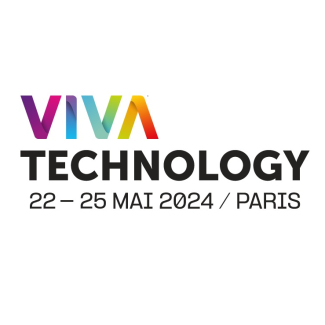
At France Pavilion of Dubai World Expo, CNRS to offer immersion into Antarctic environment and science
As visitors proceed through the fully immersive CNRS exhibit ‘Antarctica, a laboratory of the future’, inside the France Pavilion, they are in turn delighted by a constellation of unfamiliar sounds and plunged into near-total silence, all the while learning of the cutting-edge research pursued in Antarctica, its importance, and its implications. This is an opportunity for the CNRS to affirm its commitment to scientific enquiry focused on our planet’s polar regions.
Antarctica is unique in bearing witness to changes in our planet and its climate: it is a genuine open-air laboratory that enables us to understand the phenomena disturbing the Earth’s systems. ‘Through this immersive experience, our goal is to raise the visitor’s awareness about this land of science, which tells the story of our planet’s past and future’, says Antoine Petit, CNRS Chairman and CEO. The passage of the Antarctic Treaty in 1959 protected the polar continent, making it a peaceful haven of science and international cooperation. For decades, the CNRS and its scientists there have carried out ambitious research projects in many fields: climate history and change, glaciology, planetary ocean current physics, astronomy, astrophysics, biogeochemistry, and of course, environmental science and ecology.
‘Antarctica, a laboratory of the future’ is the name of the CNRS exhibit, designed with support from the French Polar Institute (IPEV), at the France Pavilion of the World Expo hosted by the United Arab Emirates, which kicks off on 1 October 2021. The virtual journey begins under the sea ice, in the dim waters 70 m below the surface, where a symphony of unexpected sounds awaits: cracking ice, diving penguins, and other surprises. It concludes 3,000 m above sea level, at the Franco-Italian Concordia Station in the interior of the White Continent, where wind alone reigns the surface. This ‘plunge’ into research activities is aimed at showing visitors that the extreme Antarctic environment may also serve as a laboratory for building our future.
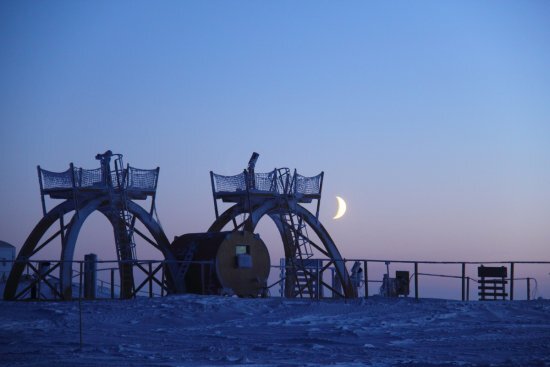
Concordia Station in Antarctica.
© Pascal ROBERT/OTELo/CNRS Photothèque
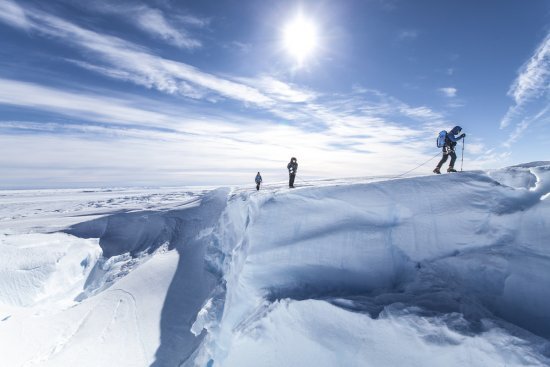
© Thibaut VERGOZ/IPEV/LGGE/CNRS Photothèque
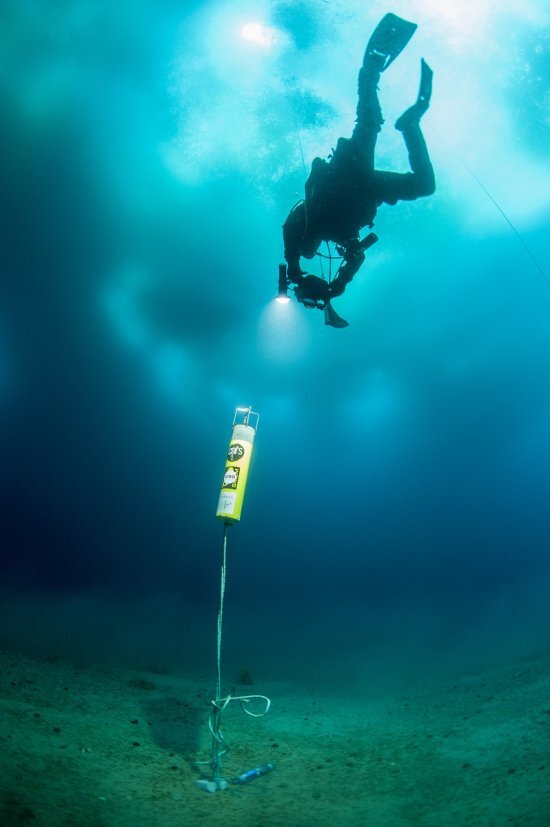
under the sea ice off Adélie Land.
© Erwan AMICE / LEMAR / CNRS Photothèque
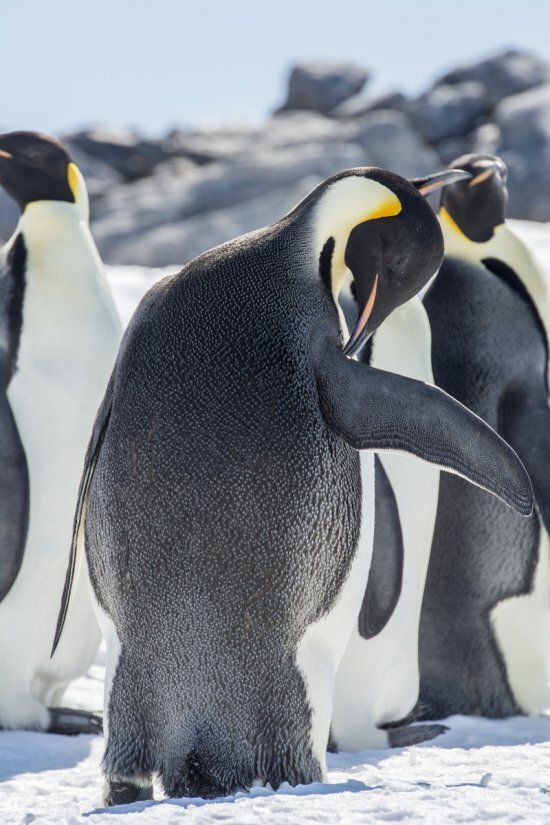
Dumont d’Urville Station in Adélie Land.
© Erwan AMICE / LEMAR / CNRS Photothèque
a wide selection of visuals available upon request, e-mail presse@cnrs.fr
Find out more about the France Pavilion

